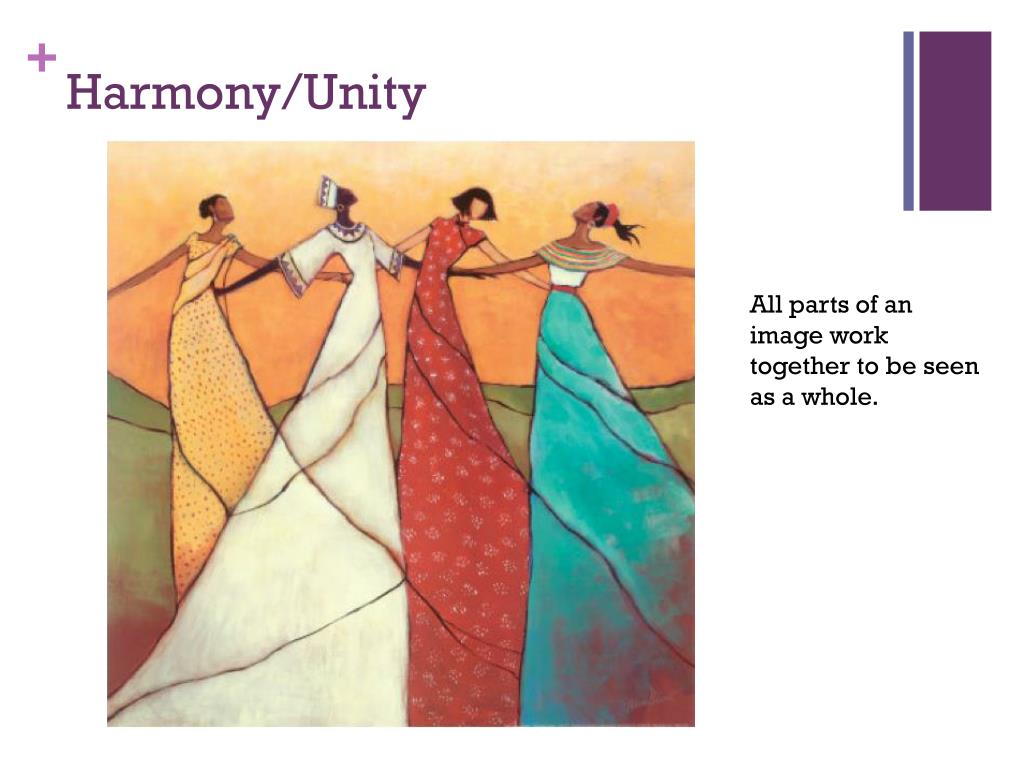

They’re still useful because you can take advantage of the patterns and place important information where the eye would naturally fall to increase the visual prominence of the information. The patterns fall away in the presence of design.

( View large version)Īdd hierarchy, direction, movement and rhythm, and the flow through your design won’t follow the patterns above. Reading patterns on text-heavy and design-light pages often follow an F or Z path. An F-pattern is a natural way to scan these pages. Why is that? It’s because search results pages are text-heavy pages presented as lists of bite-sized information to scan. The F-pattern is often mentioned in combination with search results pages. They describe how our eye moves through columns of text. What rarely gets mentioned is how these patterns describe text-heavy pages. I’m sure you’ve seen eye tracking studies and discussions of the above patterns before.

Overall it follows the shape of the letter Z and repeats the pattern down the page until it reaches the bottom-right. At the top-right corner it moves down and to the left in a diagonal before moving once again to the right. Z-pattern layout: The eye starts in the top-left and moves right.The general pattern follows the shape of the letter F. F-pattern layout: In this pattern the eye starts in the top-left and moves across the page to the right before moving down a little and repeating the movement across the page.Since the eye movesto the right as it moves down, the top-right corner is a strong fallow area, while the bottom-left corner is mostly ignored. Less attention is paid to the other corners which are called fallow areas. Gutenberg diagram: In this pattern the eye generally sweeps from the top-left to the bottom-right, passing through Arnheim’s optical center.Note: These patterns are described for languages that are read left to right. The Gutenberg diagram, the F-pattern layout, and Z-pattern layout all suggest how a viewer’s eye will move and they assume a natural flow to a design. Along with these natural focal points, there are axes running between them and your eye moves along them from focal point to focal point.Īrnheim’s structural net is not the only pattern that suggests where and how the eye naturally moves through a composition. You should read that post for details, but the general idea is that in a rectangular canvas the center and the four corners of the canvas act as magnets to pull the eye.
#Whats harmony in art series#


 0 kommentar(er)
0 kommentar(er)
